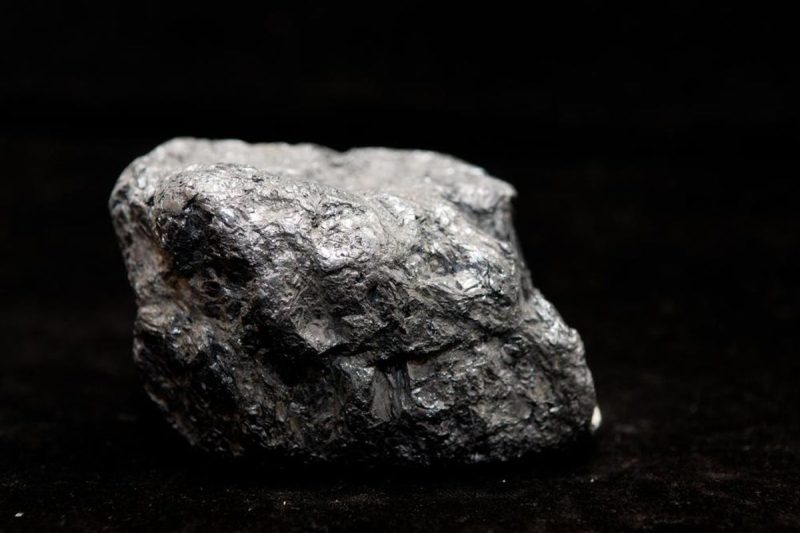1. China
Topping the list of rare-earth reserves is undeniably China. The nation boasts an impressive 44 million metric tons of rare earth reserves, according to a recent 2024 survey. Astonishingly, this accounts for approximately 38% of the total known global reserve. China’s Bayan Obo mine, located in Inner Mongolia, is the world’s largest known reserve of rare earth elements, harboring massive quantities of cerium, dysprosium, and neodymium.
2. Vietnam
Unquestioningly, Vietnam ranks second. The Asian nation, with its 22 million metric tons of rare-earth reserves, is one of the largest storehouses for these elements outside China. The economic value of Vietnam’s rare earths has significantly surged in recent years due to increasing global demand for high-tech devices, electric vehicles, and renewable energy technologies that make use of these elements.
3. Brazil
Next on the list is Brazil, with an estimated rare earth reserve quantifying at 22 million metric tons. These deposits are found implanted mostly within granite and soil settings. With such immense untapped potential, Brazil has the chance to play a key role in the global rare earths industry in future years.
4. Russia
Russia, with its vast geographical expanse, unsurprisingly holds 12 million metric tons of rare-earth reserves. Most of Russia’s rare earth production capacity is centralized in the Lovozero Massif on the Kola Peninsula. This enormous reserve has species of rare-earth elements, including large quantities of Loparite – a rich source of cerium, lanthanum, and neodymium.
5. India
India’s reserves are said to be around 7 million metric tons spread across various states, principally in Orissa, Tamil Nadu, and Rajasthan. Some rare earth minerals found in India include monazite and xenotime. Despite having such significant reserves, the country hasn’t entirely tapped into these reserves due to issues related to environmental concerns and lack of investments in mining technology.
6. Australia
Australia, known as the Lucky Country for its abundant mineral wealth, holds approximately 3.4 million metric tons of rare-earth reserves. The central hub of Australia’s rare earth production is the Mount Weld mine in the Western part of the country. With advanced technology and a strong mining industry, it holds significant potential to increase production exploiting its vast reserves.
7. Greenland
Greenland, with 1.5 million metric tons in reserves, is the world’s seventh-largest holder of rare-earth elements. Greenland’s pristine and ice-covered landscapes hide one of the largest, mostly untapped rare earth deposits globally in Kvanefjeld, a region rich in uranium and zinc along with rare earths.
8. United States
Lastly, the United States concludes the list with its 1.4 million metric tons of rare-earth reserves. Its primary source is the Mountain Pass mine in California, which is one of the largest rare earth mines outside China. Despite having substantial reserves domestically, the country heavily relies on imports, particularly from China, due to the significant cost associated with rare earth mining and processing.
All these eight countries, with their massive reserves of rare earth elements, hold the key to the future of numerous industries including electronics, green energy, defenses, and many more sectors which heavily rely on these elements.




